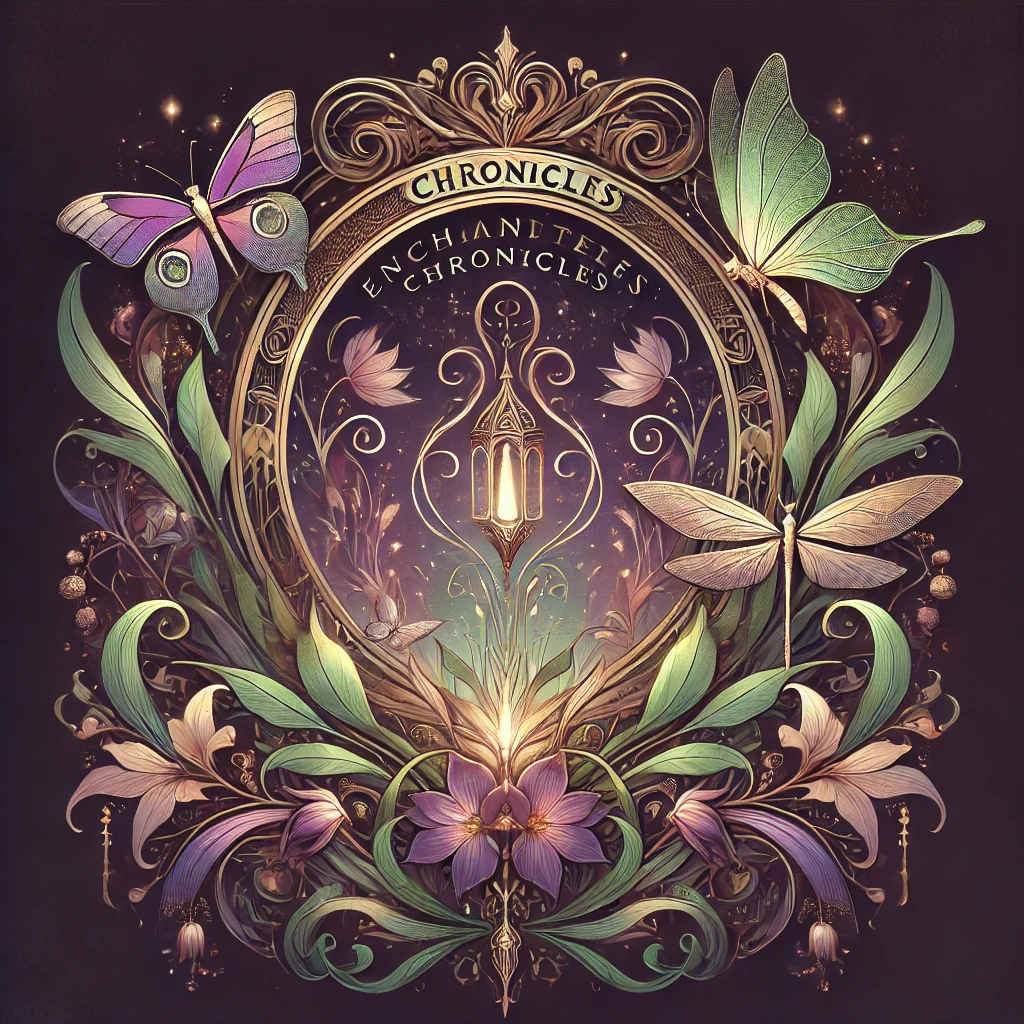The Legend of Popocatépetl and Iztaccíhuatl: Mexico’s Eternal Lovers
In the heart of Mexico, where the earth trembles with the power of ancient forces, two towering volcanoes stand as timeless sentinels of an undying love. Popocatépetl and Iztaccíhuatl, two of the most iconic peaks in the country, are not merely geographical wonders—they are the embodiment of a tragic legend that has been passed down for generations. This is a story of love, betrayal, and eternal devotion, a tale that has shaped the cultural identity of Mexico and continues to captivate the imagination of its people.

By : Lirael Starwhisper

The Tragic Love Story Behind Mexico’s Majestic Volcanoes
The Origins of the Legend
The legend of Popocatépetl and Iztaccíhuatl dates back to the time of the Aztecs, a powerful civilization that ruled central Mexico from the 14th to the 16th century. According to the myth, Iztaccíhuatl was a beautiful princess, the daughter of a great Tlatoani (ruler), who fell deeply in love with Popocatépetl, a valiant warrior renowned for his bravery in battle.
Before departing for war, Popocatépetl pledged to return victorious and claim Iztaccíhuatl as his wife. However, treachery struck in the form of a jealous rival who falsely reported to the princess that her beloved had died in combat. Overcome with grief, Iztaccíhuatl fell into a deep sleep from which she would never awaken.
When Popocatépetl finally returned, triumphant but unaware of the deception, he found his beloved lifeless. Heartbroken, he carried her body to the mountains and laid her to rest. As a final act of devotion, he knelt beside her with a torch in his hand, vowing to watch over her for eternity. The gods, moved by this act of undying love, transformed them into the twin volcanoes that still stand today—Popocatépetl, the smoking guardian, and Iztaccíhuatl, the sleeping woman.
Historical and Cultural Context
The story is deeply embedded in Mexican history and culture. The Aztecs, who revered the forces of nature, often intertwined mythology with their understanding of the world. The legend served not only as a romantic tale but also as an explanation for the volcanic activity of Popocatépetl, which remains one of the most active volcanoes in North America.
Throughout the centuries, the legend has been preserved through oral traditions, indigenous codices, and later colonial writings. The tale resonated so deeply with the people of Mexico that it became a symbol of unwavering love and devotion, a story that transcended the fall of the Aztec Empire and lived on through folklore, literature, and art.
The Evolution of the Folklore
As time passed, the legend evolved, adapting to different cultural influences. Spanish chroniclers recorded various versions of the myth, and with the spread of Christianity, the tale was sometimes framed in a moralistic light, emphasizing themes of loyalty, sacrifice, and divine justice.
In modern Mexico, the legend continues to be an integral part of the national identity. Artists, poets, and musicians have drawn inspiration from the story, depicting the volcanoes as eternal lovers frozen in time. Schools teach the legend as part of the country’s rich indigenous heritage, and travelers from around the world visit these majestic mountains to witness the beauty of the myth firsthand.
The Legend Today: A Symbol of Mexico’s Natural and Cultural Heritage
Today, the volcanoes remain iconic landmarks, visible from Mexico City and Puebla, standing as powerful symbols of Mexico’s indigenous past. Despite its romanticized origins, the legend has taken on new meanings in the modern era. It serves as a metaphor for resilience, passion, and the eternal bond between people and the land they inhabit.
Popocatépetl, still an active volcano, occasionally erupts, sending plumes of smoke into the sky—a phenomenon that locals interpret as the warrior continuing to mourn his lost love. Meanwhile, Iztaccíhuatl, whose silhouette resembles a sleeping woman, remains a favorite destination for hikers and adventurers seeking to walk the path of legend.
Additionally, the story has influenced tourism and conservation efforts in the region. The Iztaccíhuatl-Popocatépetl National Park attracts thousands of visitors each year, preserving not only the natural beauty of these mountains but also the rich cultural legacy they represent.
A Love That Stands the Test of Time
This legend is more than just an ancient tale—it is a narrative that continues to breathe life into Mexico’s history and landscape. It is a reminder of the power of love, the tragedy of fate, and the enduring spirit of those who refuse to be forgotten.
As long as Popocatépetl smolders and Iztaccíhuatl rests in eternal sleep, their story will live on, whispered by the winds of the mountains and carried in the hearts of those who cherish old legends.

Join our community of readers Subscribe To our newsletter!

Enchanted Chronicles: Ignite the Myths Within
Step into a world where ancient myths are no longer confined to books—they are part of your journey.
Sign up for free!
We won’t send you spam.
Unsubscribe at any time.
